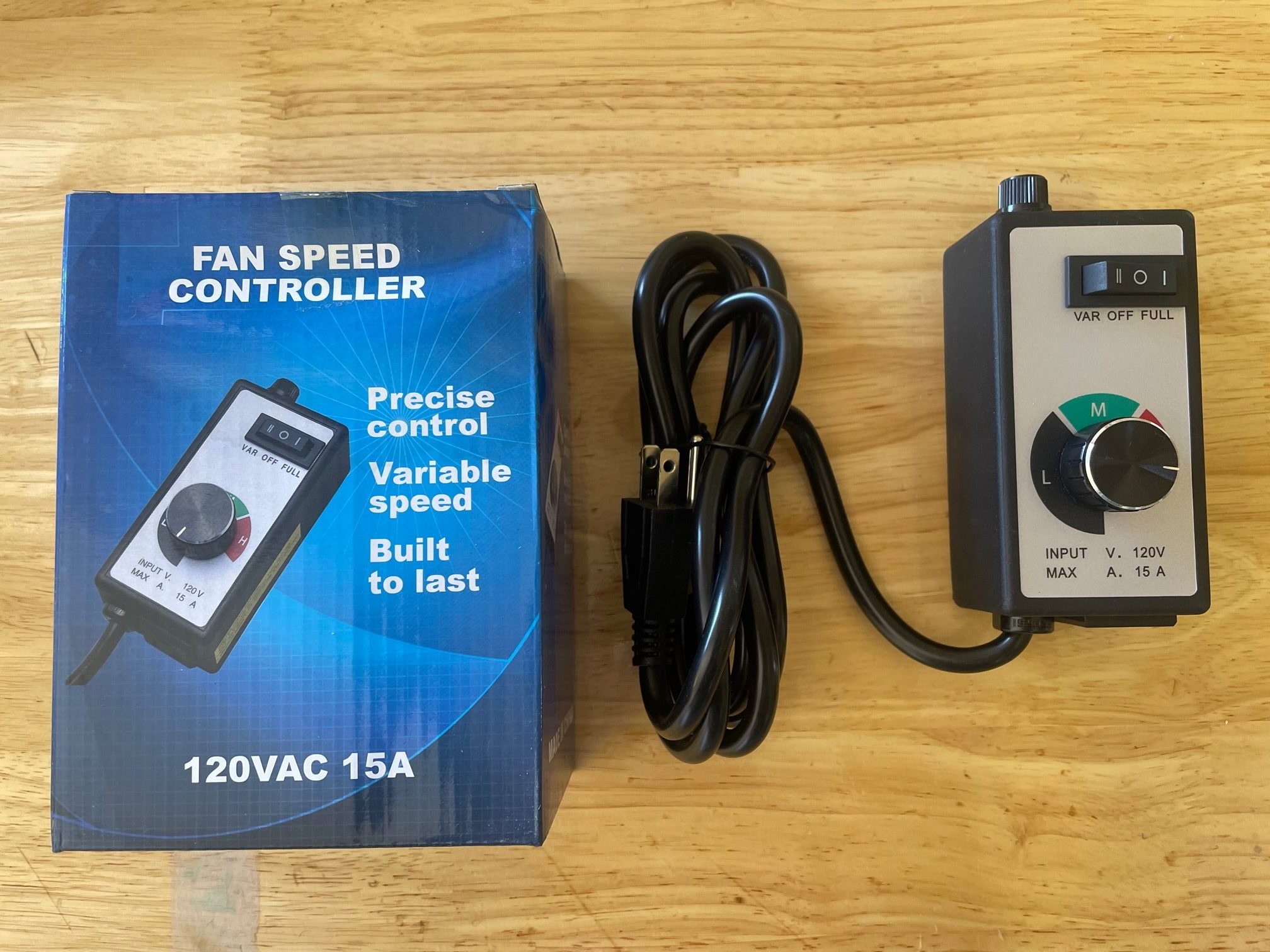

Articles
How Does A Fan Speed Controller Work
Modified: October 20, 2024
Discover how a fan speed controller works in this informative article. Learn about the mechanisms and benefits of using a fan speed controller to optimize airflow and improve energy efficiency.
(Many of the links in this article redirect to a specific reviewed product. Your purchase of these products through affiliate links helps to generate commission for Storables.com, at no extra cost. Learn more)
Introduction
When it comes to maximizing comfort and optimizing energy efficiency, having control over the speed of your fans can make a significant difference. This is where fan speed controllers come into play. Whether you want to cool down a room, reduce noise levels, or adjust air circulation, a fan speed controller allows you to fine-tune the performance of your fans to meet your specific needs. In this article, we will explore how a fan speed controller works, the different types available, their components, and the benefits they offer.
But first, let’s establish what exactly is a fan speed controller. In simple terms, it is a device that regulates the rotational speed of a fan motor, thus controlling the amount of air movement produced. By adjusting the speed of the fan, you can achieve the desired airflow, noise level, and energy consumption.
Key Takeaways:
- Fan speed controllers offer energy efficiency, noise reduction, and customized airflow, providing comfort and extending fan lifespan. They come in various types, from manual to digital, catering to diverse applications and preferences.
- When choosing a fan speed controller, consider factors such as fan type compatibility, speed control method, power capacity, user interface, additional features, size, noise levels, and budget to ensure optimal performance and efficient fan operation.
What is a Fan Speed Controller?
A fan speed controller is a device that allows you to manage the speed or RPM (Revolutions Per Minute) of a fan. It is designed to regulate the electrical power supplied to the fan motor, thus controlling its rotational speed. By adjusting the speed of the fan, you can modulate the volume of air being circulated, creating the desired level of cooling or ventilation.
These controllers come in various shapes and forms, from simple mechanical knobs to advanced digital interfaces. They are commonly used in HVAC (Heating, Ventilation, and Air Conditioning) systems, industrial cooling fans, PC cooling systems, and household fans. The main goal of using a fan speed controller is to provide flexibility and control over the fan’s operation while maintaining optimal performance.
There are different types of fan speed controllers available in the market, each with its unique features and benefits. Let’s delve into some of the common types.
- Manual Fan Speed Controllers: Manual controllers are the simplest and most cost-effective option. They usually consist of a rotary dial or slider that allows you to adjust the fan speed manually. These controllers provide basic control over the fan speed, but they require manual intervention to make adjustments.
- Digital Fan Speed Controllers: Digital controllers, on the other hand, offer more advanced features and precise control. They typically have a digital interface with an LCD or LED display that shows the current fan speed and allows you to set specific RPM values. Digital controllers often come with additional features like temperature sensors, programmable timers, and even remote control capabilities.
Now that we understand the different types of fan speed controllers, let’s explore how they actually work and how they are able to regulate the speed of a fan motor.
Types of Fan Speed Controllers
Fan speed controllers come in various types, each tailored to meet different needs and preferences. Let’s take a closer look at some of the common types of fan speed controllers available on the market:
- Manual Fan Speed Controllers: Manual controllers are the most straightforward and affordable option. They feature a simple interface that allows users to manually adjust the fan speed to their desired level. This is typically done through a rotary knob or a slider. Manual fan speed controllers are easy to use, but they require regular user intervention to make adjustments.
- Voltage-Based Fan Speed Controllers: Voltage-based controllers adjust the fan speed by varying the voltage supplied to the fan motor. These controllers act as a voltage regulator, reducing or increasing the voltage to control the fan’s rotational speed. While voltage-based controllers are inexpensive, they are not as precise as other types and may result in some loss of efficiency.
- Pulse Width Modulation (PWM) Fan Speed Controllers: PWM controllers are considered the most advanced and accurate type of fan speed controller. They utilize a technique called pulse width modulation to regulate the fan speed. PWM controllers rapidly switch the power supply on and off, adjusting the duty cycle to control the fan’s average power output. This method allows for precise and smooth control over the fan speed while maintaining energy efficiency.
- Temperature-Based Fan Speed Controllers: Temperature-based controllers monitor the ambient temperature and adjust the fan speed accordingly. These controllers feature built-in temperature sensors that measure the air or component temperature. Based on the temperature readings, the controller automatically adjusts the fan speed to maintain the desired temperature range. Temperature-based controllers are commonly used in computer cooling systems and HVAC applications.
- Smart Fan Speed Controllers: As technology advances, smart fan speed controllers have emerged in the market. These controllers offer advanced features, such as Wi-Fi connectivity, smartphone app control, and integration with smart home systems. Smart controllers allow you to remotely monitor and adjust the fan speed from your mobile device or via voice commands using virtual assistants like Amazon Alexa or Google Assistant.
When choosing a fan speed controller, it’s important to consider your specific requirements, budget, and the type of fan you will be controlling. Different types of controllers offer varying levels of precision, convenience, and compatibility with different fan models. Now that we know the different types of fan speed controllers, let’s explore how they work.
Manual Fan Speed Controllers
Manual fan speed controllers are the simplest and most cost-effective way to adjust the speed of a fan. These controllers feature a basic interface that allows users to manually control the fan speed by adjusting a rotary dial or slider. They are often found in household fans, small appliances, and some computer cooling systems.
The operation of manual fan speed controllers is straightforward. When you turn the dial or slide the slider, you are adjusting the resistance or voltage supplied to the fan motor. By changing the resistance, the current flow to the motor is altered, which in turn affects the rotational speed of the fan blades. This allows you to increase or decrease the fan speed to match your desired airflow and cooling needs.
One advantage of manual controllers is their simplicity. You can easily modify the fan speed by hand, without relying on any complex mechanisms or digital interfaces. This simplicity also makes manual controllers reliable and durable, as there are no electronic components that can fail or malfunction.
However, manual fan speed controllers have some limitations. Firstly, they do not offer precise control over the fan speed. Since the adjustment is done manually, achieving very specific RPM values can be challenging. Additionally, manual controllers require constant user intervention to make adjustments, which may not be ideal for those looking for automated or programmable controls.
Despite their limitations, manual fan speed controllers are a popular choice due to their affordability and ease of use. They are suitable for applications where precise control is not crucial, such as in small household fans or non-sensitive cooling systems. For users who want basic speed adjustment without the need for complex features, manual fan speed controllers provide a practical solution.
In the next section, we will explore digital fan speed controllers, which offer more advanced control capabilities and additional features.
Digital Fan Speed Controllers
Digital fan speed controllers are the more advanced counterpart to manual controllers, offering precise control over the speed of a fan. These controllers utilize digital interfaces, such as LCD or LED displays, to provide users with accurate RPM readings and the ability to set specific fan speeds. They are commonly found in HVAC systems, industrial fans, and high-performance computer cooling setups.
One of the key advantages of digital fan speed controllers is their ability to provide precise control over the fan speed. With a digital interface, you can set the desired RPM value directly, allowing for fine-tuning of the airflow and noise levels. This makes digital controllers ideal for applications where maintaining a specific temperature range or noise level is crucial, such as in server rooms or recording studios.
Alongside precise control, digital controllers often come with additional features and functionalities. Many models include built-in temperature sensors, allowing the controller to automatically adjust the fan speed based on ambient temperature. This feature ensures optimal cooling performance while minimizing energy consumption. Some digital controllers also offer programmable timers or schedules, allowing users to set specific speed profiles or create custom cooling scenarios.
Another advantage of digital fan speed controllers is their user-friendly interface. The digital displays provide clear and easy-to-read information, including the current fan speed, temperature readings, and any programmed settings. This allows for quick and intuitive adjustments without the need for manual calculations or guesswork.
Furthermore, digital fan speed controllers often offer remote control capabilities. This can be done through a wireless remote control or even through smartphone apps, allowing you to adjust the fan speed from a distance. Additionally, some models can be integrated with smart home systems, enabling control via voice commands with virtual assistants like Amazon Alexa or Google Assistant.
While digital fan speed controllers offer advanced features and precise control, they do come at a higher price point compared to manual controllers. However, for applications that require accurate control, enhanced functionality, and convenience, the investment in a digital controller is often worthwhile.
In the next section, we will explore how fan speed controllers work and the components that make up these devices.
Read more: How Does An Exhaust Fan Work
How Does a Fan Speed Controller Work?
A fan speed controller utilizes various mechanisms to regulate the speed of a fan motor and control the airflow produced. The specific workings of a fan speed controller can vary depending on the type and design, but the fundamental principle remains the same – adjusting the electrical power supplied to the fan motor.
The components of a fan speed controller typically include resistors, transistors, capacitors, control circuitry, and a user interface. Let’s explore how these components work together to regulate the fan speed:
- Resistors: Resistors play a crucial role in controlling the flow of electrical current. In a fan speed controller, different resistors are used to adjust the resistance and voltage supplied to the fan motor. By increasing or decreasing the resistance, the current flow to the motor is modified, affecting the rotational speed of the fan blades.
- Transistors: Transistors are electronic devices that act as amplifiers or switches. In fan speed controllers, transistors are used to control the power delivered to the fan motor. By adjusting the voltage levels or turning the transistor on and off, the controller can control the speed of the fan.
- Capacitors: Capacitors store electrical energy and can be used to stabilize and filter the power supply. They can help smooth out voltage fluctuations and ensure a consistent power output to the fan motor.
- Control Circuitry: The control circuitry is the brain of the fan speed controller. It processes the input from the user interface, such as the desired fan speed, and communicates with the other components to regulate the fan speed accordingly. This circuitry can be simple or complex, depending on the type of controller and its additional features.
- User Interface: The user interface allows individuals to interact with the fan speed controller. It can come in the form of manual knobs, sliders, digital displays, or touch-sensitive buttons. The user interface allows users to adjust the fan speed, monitor RPM readings, and configure any programmable settings.
Now, let’s explore the speed control methods employed by fan speed controllers:
- Voltage Control: Voltage control is the most basic method of adjusting the fan speed. By varying the voltage supplied to the fan motor, the controller can increase or decrease the rotational speed of the fan blades. This method is commonly used in manual controllers and some voltage-based controllers.
- Pulse Width Modulation (PWM): PWM is a widely used speed control method, especially in digital fan speed controllers. PWM controllers rapidly switch the power supply on and off at a fixed frequency, while adjusting the pulse duration or duty cycle. By altering the duty cycle, the average power output to the fan motor changes, which directly affects the fan speed. PWM control offers precise and smooth speed adjustment while maintaining energy efficiency.
- Temperature Control: Temperature control is employed in some advanced fan speed controllers. These controllers have built-in temperature sensors that monitor the ambient temperature. Based on the temperature readings, the controller adjusts the fan speed to maintain a desired temperature range. This method ensures optimal cooling performance without the need for constant manual adjustments.
By employing various speed control methods and utilizing the components mentioned above, a fan speed controller can effectively regulate the fan’s rotational speed and airflow. In the next section, we will explore the benefits of using a fan speed controller.
Components of a Fan Speed Controller
A fan speed controller consists of several components that work together to regulate the speed of a fan motor. Understanding these components is essential to grasp how a fan speed controller operates. Let’s explore the key components of a typical fan speed controller:
- Power Supply: The power supply is responsible for providing the necessary electrical power to the fan speed controller and the fan motor. It can be connected to an AC (Alternating Current) or DC (Direct Current) power source, depending on the type of fan motor and controller.
- User Interface: The user interface is the means by which the user interacts with the fan speed controller. It can come in various forms, such as manual knobs, sliders, digital displays, buttons, or touchscreen interfaces. The user interface allows the user to adjust the fan speed, monitor RPM readings, and configure any programmable settings.
- Control Circuitry: The control circuitry is the heart of the fan speed controller. It consists of electronic components, such as resistors, transistors, capacitors, and integrated circuits, that manage the operation of the controller. The control circuitry receives input from the user interface, processes it, and sends appropriate signals to control the fan speed.
- Fan Motor: The fan motor is the component that drives the rotation of the fan blades. It converts electrical energy into mechanical energy, creating the airflow. The fan motor can be a brushless DC (BLDC) motor, a synchronous AC motor, or other motor types, depending on the specific fan and controller configuration.
- Speed Control Mechanism: The speed control mechanism is responsible for adjusting the electrical power supplied to the fan motor, thereby regulating its speed. Different types of speed control mechanisms are used in fan speed controllers, such as voltage control or pulse width modulation (PWM) control.
- Temperature Sensors (Optional): Some advanced fan speed controllers may include temperature sensors to monitor the ambient temperature. These sensors provide feedback to the control circuitry, allowing for automatic adjustment of the fan speed based on temperature conditions. Temperature sensors are commonly used in applications like computer cooling systems and HVAC systems.
Each of these components plays a crucial role in the operation of a fan speed controller, working together to regulate the fan’s rotational speed and airflow. The user interface provides a means for users to control and monitor the fan speed, while the control circuitry processes the input and adjusts the speed control mechanism accordingly. The power supply powers the controller and the fan motor, and the temperature sensors, if present, add an additional layer of control based on ambient conditions.
Understanding the components of a fan speed controller is essential when selecting the right controller for your specific needs. It allows you to consider factors like user interface preferences, control capabilities, and additional features such as temperature control. In the next section, we will explore the various speed control methods used by fan speed controllers.
A fan speed controller works by adjusting the voltage or frequency supplied to the fan motor, which in turn regulates the speed of the fan. This allows for precise control over the fan’s RPM and airflow.
Circuitry and Control Mechanism
The circuitry and control mechanism of a fan speed controller are key components that work together to regulate and adjust the fan’s rotational speed. Let’s delve into how these elements function:
At the core of a fan speed controller is the control circuitry. This circuitry contains electronic components, such as resistors, transistors, integrated circuits, and microcontrollers, that govern the operation of the controller. The control circuitry receives input from the user interface and processes it to determine the appropriate signals to send to adjust the fan speed.
The control mechanism of a fan speed controller depends on the specific type of controller being used. Two common control mechanisms are voltage control and pulse width modulation (PWM) control.
1. Voltage Control:
In voltage control, the control circuitry adjusts the voltage supplied to the fan motor to regulate its speed. This is typically done using resistors or variable voltage regulators. By increasing or decreasing the voltage, the current flowing to the fan motor changes, thus altering the rotational speed of the fan blades. However, voltage control is not as precise as PWM control since it does not maintain a constant power supply to the fan motor.
2. Pulse Width Modulation (PWM) Control:
PWM control is a widely used control mechanism in fan speed controllers due to its accuracy and efficiency. PWM control involves rapidly switching the power supply on and off at a fixed frequency while adjusting the duration of each pulse. The ratio of the on-time to the total cycle time is known as the duty cycle. By varying the duty cycle, the average power delivered to the fan motor changes, resulting in a corresponding adjustment of the fan speed.
The control circuitry generates the PWM signal and sends it to a transistor, such as a MOSFET (Metal-Oxide-Semiconductor Field-Effect Transistor), which acts as a switch to control the power flow to the fan motor. The transistor rapidly switches the power supply on and off based on the PWM signal received, effectively adjusting the average power output to the fan motor and regulating its speed.
PWM control offers precise control over the fan speed and allows for smoother speed adjustments compared to voltage control. It also minimizes energy losses, as the power is only switched on for the required duration, reducing power consumption and improving overall efficiency.
It’s worth noting that some fan speed controllers may incorporate additional circuitry to enhance functionality. For example, temperature sensors can be integrated into the control circuitry to monitor the ambient temperature. Based on temperature readings, the controller can automatically adjust the fan speed to maintain a desired temperature range.
The circuitry and control mechanism in a fan speed controller work together to receive input from the user interface, process it, and generate the appropriate signals to regulate the fan speed. Whether it’s through adjusting voltage or employing PWM control, these mechanisms provide the means to achieve precise and efficient speed control.
In the next section, we will examine the benefits of using a fan speed controller in various applications.
Speed Control Methods
In fan speed controllers, different methods are employed to adjust the speed of a fan motor and regulate the airflow. Let’s explore some of the common speed control methods used in fan speed controllers:
1. Voltage Control:
Voltage control is a basic method used to adjust the speed of a fan. It involves varying the voltage supplied to the fan motor to regulate its rotational speed. By increasing or decreasing the voltage, the current flowing to the motor is modified, creating a corresponding change in the fan speed. However, voltage control is not as precise as other methods, and it may result in some loss of efficiency.
2. Pulse Width Modulation (PWM):
Pulse Width Modulation (PWM) is a widely used speed control method in fan speed controllers. It involves rapidly switching the power supply on and off at a fixed frequency while varying the pulse duration or duty cycle. The duty cycle represents the ratio of the on-time to the total cycle time. By adjusting the duty cycle, the average power delivered to the fan motor changes, thereby regulating the fan speed. PWM control offers precise and smooth speed adjustments, ensuring optimal performance and energy efficiency. It is often used in digital fan speed controllers.
3. Frequency Control:
In some high-end fan speed controllers, frequency control is employed to regulate the speed of the fan motor. This method involves adjusting the frequency of the power source supplied to the motor. By varying the frequency, the operating speed of the motor can be changed, thus controlling the rotational speed of the fan blades. Frequency control allows for precise speed adjustments, but it is typically utilized in specialized applications and requires more complex circuitry.
4. Temperature Control:
Temperature control is another method used in fan speed controllers that are designed for applications where maintaining a specific temperature range is crucial. These controllers include built-in temperature sensors that monitor the ambient temperature. Based on the temperature readings, the controller automatically adjusts the fan speed to ensure optimal cooling. The fan speed increases as the temperature rises and decreases as the temperature falls, helping maintain the desired temperature levels.
Each of these speed control methods offers its own benefits and considerations. Voltage control is simple and economical but lacks precision. PWM control provides accurate and smooth adjustments while maintaining energy efficiency. Frequency control allows for precise speed regulation but requires more complex circuitry. Temperature control ensures effective cooling by adjusting the fan speed based on ambient temperature conditions.
Depending on the specific requirements of your application, the appropriate speed control method can be selected to achieve the desired airflow, noise levels, and energy efficiency.
In the next section, we will explore the various benefits and advantages of using a fan speed controller.
Read more: How to Adjust GPU Fan Speed
Benefits of Using a Fan Speed Controller
Using a fan speed controller offers several benefits, providing flexibility, energy savings, and improved comfort. Let’s explore some of the key advantages of utilizing a fan speed controller:
1. Energy Efficiency: One of the significant benefits of using a fan speed controller is improved energy efficiency. By adjusting the fan speed to match the specific cooling or ventilation requirements, you can avoid unnecessary energy consumption. Running a fan at full speed when it is not needed not only wastes electricity but also generates excess noise. With a fan speed controller, you can optimize the fan speed, reducing energy consumption and lowering your utility bills.
2. Noise Reduction: Fans operating at high speeds can generate considerable noise, which may be undesirable in certain environments, such as bedrooms, offices, or recording studios. By lowering the fan speed, you can significantly reduce the noise produced by the fan while still achieving sufficient airflow. This allows for a more peaceful and comfortable environment.
3. Customized Airflow and Comfort: Fan speed controllers provide the ability to fine-tune the airflow according to your comfort requirements. In cooling applications, you can adjust the fan speed to achieve the desired level of coolness without causing discomfort from excessive air movement. In ventilation scenarios, you can customize air circulation to ensure optimal air quality and prevent stagnant air. This level of control helps create a comfortable and healthy living or working environment.
4. Extended Fan Lifespan: Running fans at high speeds continuously can lead to increased wear and tear, potentially reducing their lifespan. By operating fans at lower speeds when full power is not required, you can extend the lifespan of the fan. This reduces the need for frequent fan replacements, saving money in the long run.
5. Compatibility with Different Fan Types: Fan speed controllers are designed to work with various fan types, including axial fans, centrifugal fans, and cross-flow fans. This versatility allows you to use the fan speed controller with different cooling or ventilation systems, making it a convenient and adaptable solution for various applications.
6. Precision Control and Automation: Digital fan speed controllers provide precise control capabilities with their advanced interfaces, enabling you to set specific RPM values or program custom speed profiles. Some controllers even offer automation features such as temperature-based control or programmable timers, eliminating the need for constant manual adjustments and allowing for hands-free operation.
7. Environmental Benefits: By reducing energy consumption and optimizing fan usage, fan speed controllers contribute to reducing greenhouse gas emissions and promoting sustainability. Using energy-efficient and controllable fans helps minimize the environmental impact and supports eco-friendly practices.
Whether you are looking to save energy, reduce noise levels, improve comfort, or prolong the lifespan of your fans, using a fan speed controller offers a range of benefits. It provides you with the ability to customize airflow, achieve energy efficiency, and optimize fan performance according to your specific needs.
In the next section, we will explore the various applications in which fan speed controllers are commonly used.
Applications of Fan Speed Controllers
Fan speed controllers find applications in various industries and environments where controlling the speed of fans is essential. Let’s explore some of the common applications where fan speed controllers are widely used:
1. Heating, Ventilation, and Air Conditioning (HVAC) Systems: Fan speed controllers are extensively employed in HVAC systems to regulate the airflow and maintain optimal temperature conditions. By adjusting the fan speed, the controllers ensure efficient heating or cooling while reducing energy consumption.
2. Industrial Cooling and Ventilation: In industrial settings, such as manufacturing plants, warehouses, and data centers, fan speed controllers are used to control large cooling fans and industrial ventilation systems. These controllers allow for precise regulation of air circulation to ensure sufficient cooling, improve air quality, and maintain a comfortable working environment.
3. Computer Cooling Systems: Fan speed controllers are commonly used in computer systems to manage the cooling of internal components, especially in high-performance gaming rigs and servers. These controllers allow users to adjust the fan speed to prevent components from overheating, ensuring optimal performance and longevity.
4. Residential Cooling and Ventilation: Fan speed controllers are utilized in residential applications, such as ceiling fans, room fans, and exhaust fans. They offer the flexibility to adjust the fan speed based on personal preference, climatic conditions, or specific room requirements, providing comfort and energy savings in home environments.
5. Greenhouses and Agriculture: Fan speed controllers play a crucial role in greenhouse and agriculture applications to provide optimum air circulation, regulate temperature and humidity, and facilitate the growth of plants. These controllers ensure a healthy and conducive environment for plant growth, improving crop yields.
6. Commercial Buildings and Offices: In commercial buildings and office spaces, fan speed controllers are employed to manage the ventilation and cooling systems. They allow for efficient air circulation, ensure comfort for occupants, and contribute to energy-saving initiatives within these spaces.
7. Automotive Cooling: Fan speed controllers are used in automotive cooling systems, such as radiator fans, intercooler fans, and HVAC fans. These controllers regulate fan speed based on engine temperature, preserving engine performance and preventing overheating.
8. Ventilation Hoods and Exhaust Systems: In commercial kitchens, laboratories, and industrial facilities with ventilation hoods and exhaust systems, fan speed controllers are utilized to control airflow and manage the extraction of fumes, smoke, and odors. They help maintain a clean and safe working environment.
These are just a few examples of the wide range of applications where fan speed controllers are commonly used. The ability to precisely control fan speed provides benefits such as energy efficiency, improved comfort, equipment protection, and enhanced air quality across various industries and environments.
In the next section, we will discuss some important factors to consider when choosing a fan speed controller.
Factors to Consider Before Choosing a Fan Speed Controller
When selecting a fan speed controller, there are several factors to consider to ensure it meets your specific requirements and provides optimal performance. Let’s explore some important factors to consider before choosing a fan speed controller:
1. Fan Type and Compatibility: Check the compatibility of the fan speed controller with the type of fan you will be controlling. Different fan speed controllers are designed for specific fan types, such as axial fans, centrifugal fans, or cross-flow fans. Ensure that the controller you choose is compatible with your specific fan model to achieve efficient and reliable operation.
2. Speed Control Method: Consider the speed control method used in the fan speed controller. Voltage control and pulse width modulation (PWM) are common methods. PWM control offers precise and smooth speed adjustments, while voltage control is a simpler and more economical method. Choose a control method that suits your needs and provides the desired level of control and efficiency.
3. Power Capacity: Evaluate the power capacity of the fan speed controller to ensure it can handle the electrical load of your fan motor. The controller should be capable of providing sufficient power to drive the fan motor without causing overheating or performance issues.
4. User Interface: Consider the type of user interface offered by the fan speed controller. It can range from simple manual knobs or sliders to advanced digital displays or touchscreen interfaces. The user interface should be easy to understand, use, and navigate, providing intuitive control and clear feedback on the fan speed settings.
5. Additional Features: Determine if there are any additional features or functionalities that are important for your specific application. Some fan speed controllers offer built-in temperature sensors for automatic temperature-based control, programmable timers for scheduled operation, or remote control capabilities. Assess which additional features are necessary and align with your requirements.
6. Size and Mounting: Consider the physical dimensions and mounting options of the fan speed controller. Ensure that it fits in the available space and that the mounting method is compatible with your installation requirements.
7. Noise Levels: If noise reduction is a key consideration, look for fan speed controllers that have noise reduction features or are specifically designed to minimize noise generation. Avoid controllers that may introduce additional noise interference or affect the overall acoustic performance.
8. Budget: Determine your budget for the fan speed controller. Set a price range and consider controllers that offer the desired features and performance within your budget constraints. Keep in mind that more advanced features and higher build quality may come at a higher cost.
By considering these factors, you can select a fan speed controller that meets your specific needs, provides efficient and precise speed control, and ensures compatibility and reliable operation with your fan system.
To conclude, choosing the right fan speed controller is crucial to optimizing fan performance, achieving energy efficiency, and maintaining desired comfort levels in various applications.
If you need assistance with your fan speed controller selection or have any queries, it is recommended to consult with an expert or refer to reliable sources to make an informed decision.
Conclusion
Fan speed controllers offer a valuable solution for managing the speed of fans in various applications. Whether you are cooling a room, improving air circulation, or reducing noise levels, a fan speed controller provides the flexibility to adjust the fan speed to meet your specific needs. By regulating the rotational speed of the fan, these controllers offer benefits such as energy efficiency, noise reduction, customized airflow, and extended fan lifespan.
There are different types of fan speed controllers available, ranging from manual controllers with simple knobs or sliders to advanced digital controllers with LCD displays and additional features like temperature sensors and programmable timers. These controllers utilize various speed control methods, such as voltage control or pulse width modulation (PWM), to achieve precise and efficient speed regulation.
When selecting a fan speed controller, it is important to consider factors such as compatibility with your fan type, the speed control mechanism, power capacity, user interface, additional features, size, noise levels, and budget. Taking these factors into account ensures that you choose the right controller that meets your specific requirements and provides optimal performance.
Fan speed controllers find applications in a wide range of industries and environments, including HVAC systems, industrial cooling and ventilation, computer cooling, residential cooling and ventilation, greenhouses, automotive cooling, and more. These controllers contribute to energy savings, improved comfort, equipment protection, and enhanced air quality in their respective applications.
In conclusion, fan speed controllers offer a way to manage and optimize the performance of fans. They provide control, energy efficiency, and comfort while extending the lifespan of the fans. By carefully considering the factors involved in selecting a fan speed controller, you can ensure the best match for your specific needs and achieve efficient and reliable fan operation in your desired application.
Frequently Asked Questions about How Does A Fan Speed Controller Work
Was this page helpful?
At Storables.com, we guarantee accurate and reliable information. Our content, validated by Expert Board Contributors, is crafted following stringent Editorial Policies. We're committed to providing you with well-researched, expert-backed insights for all your informational needs.
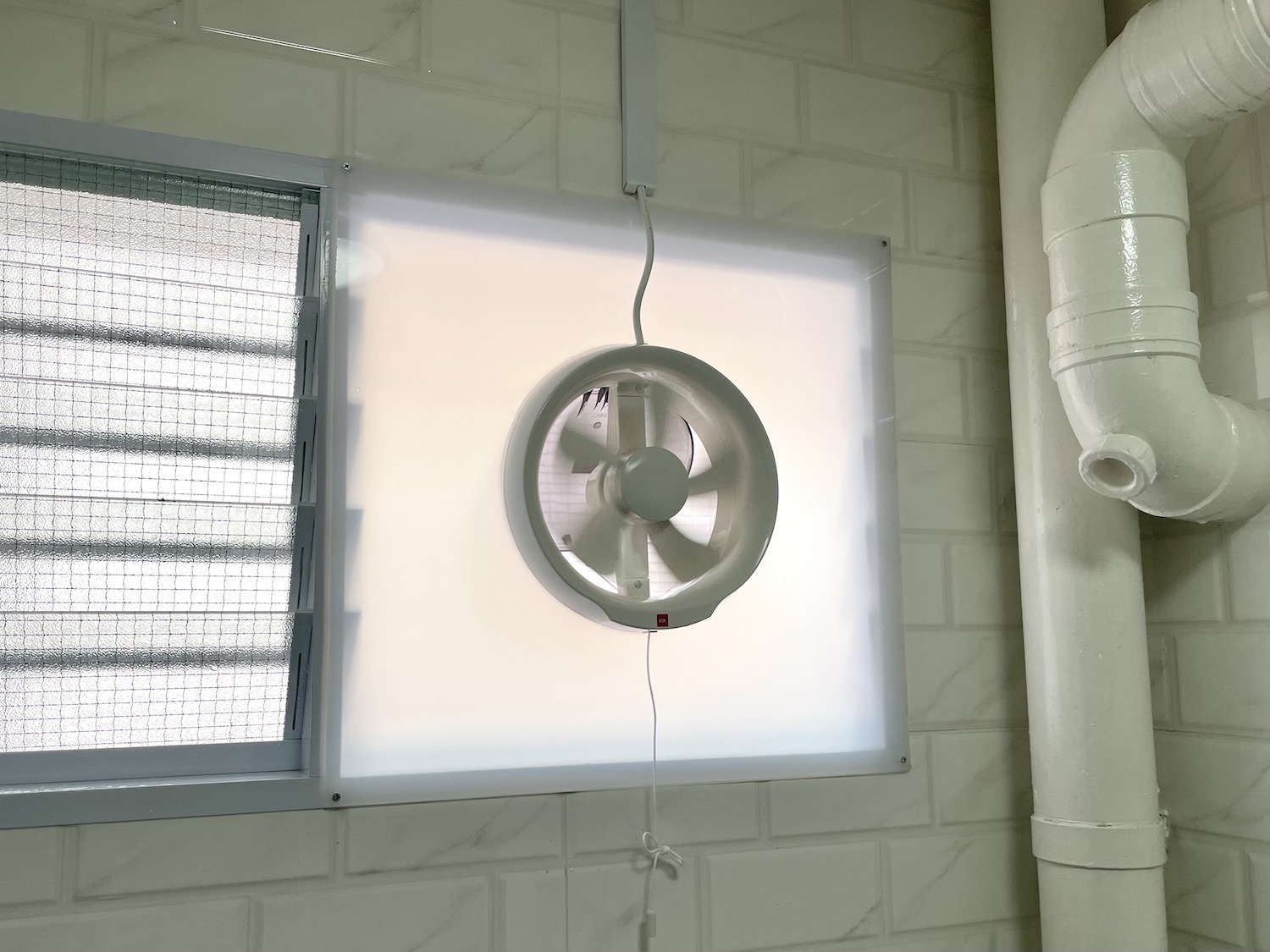
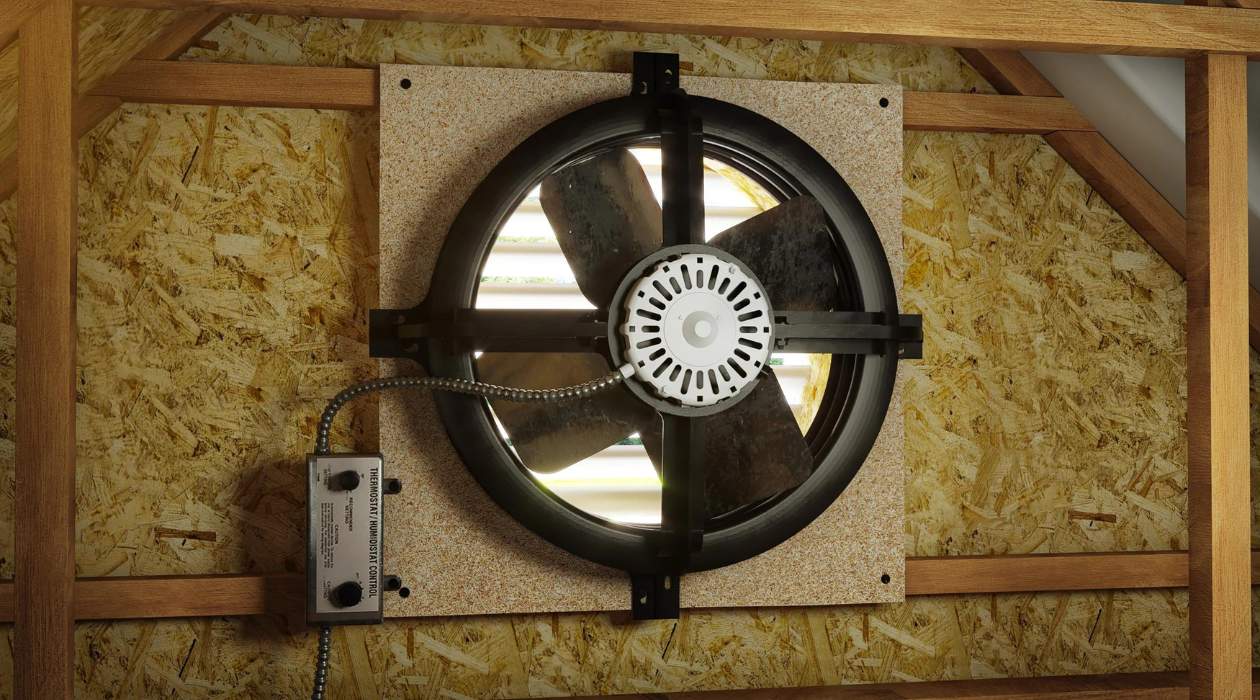
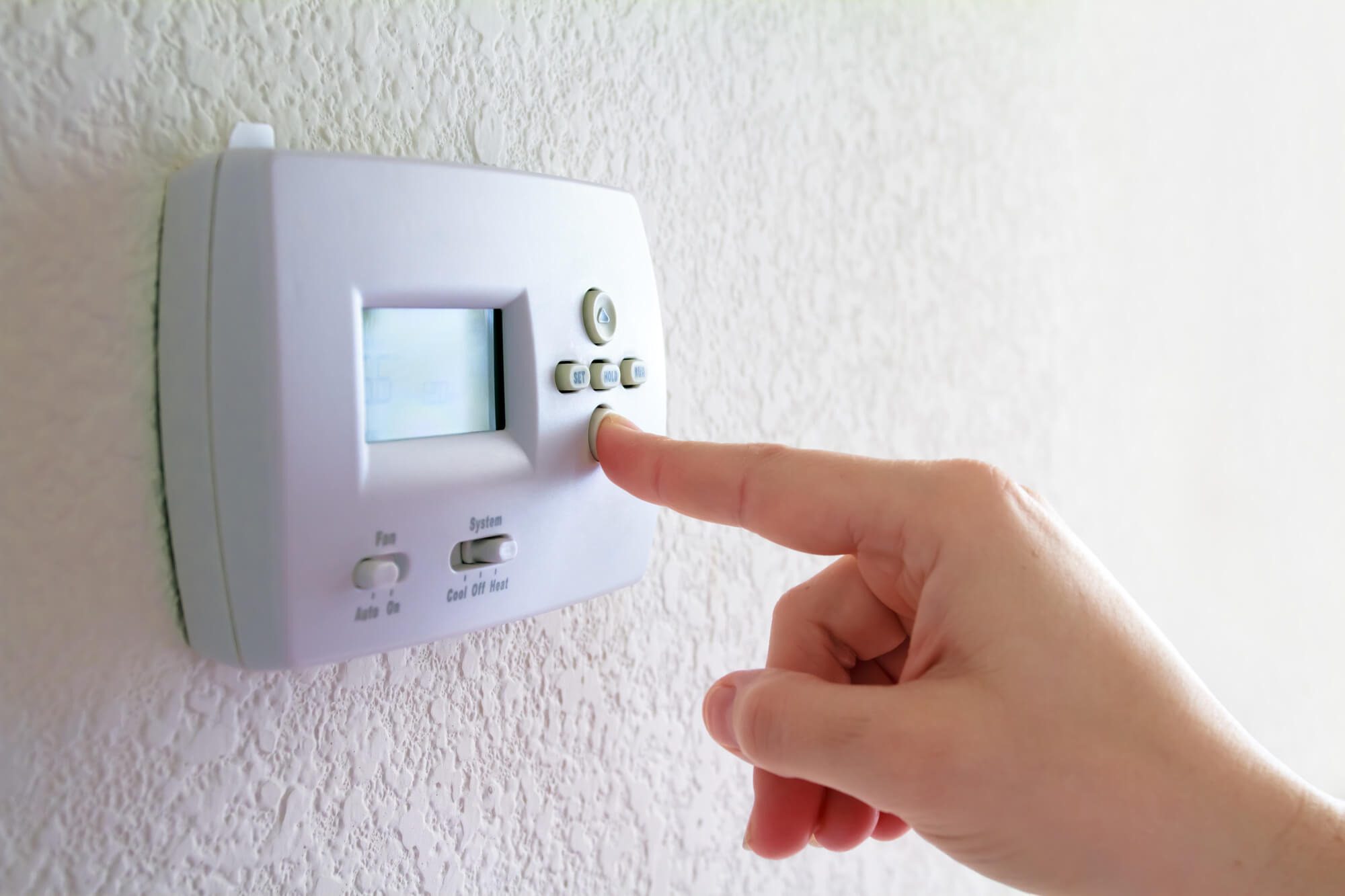

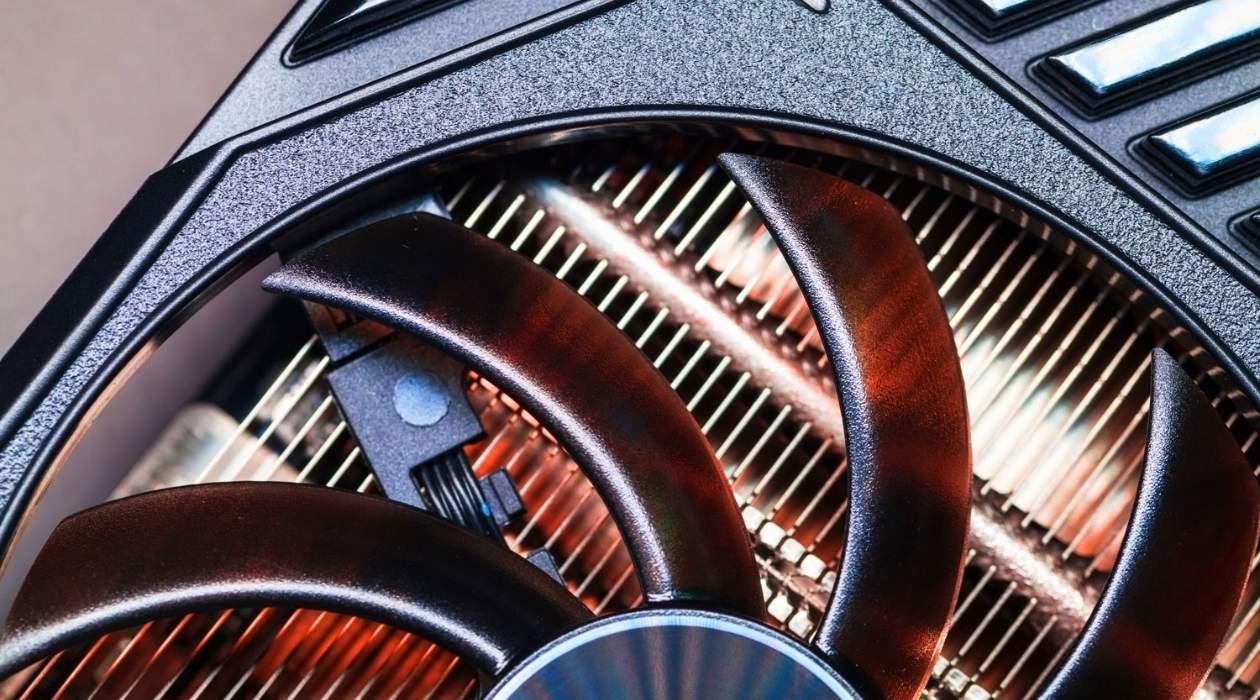
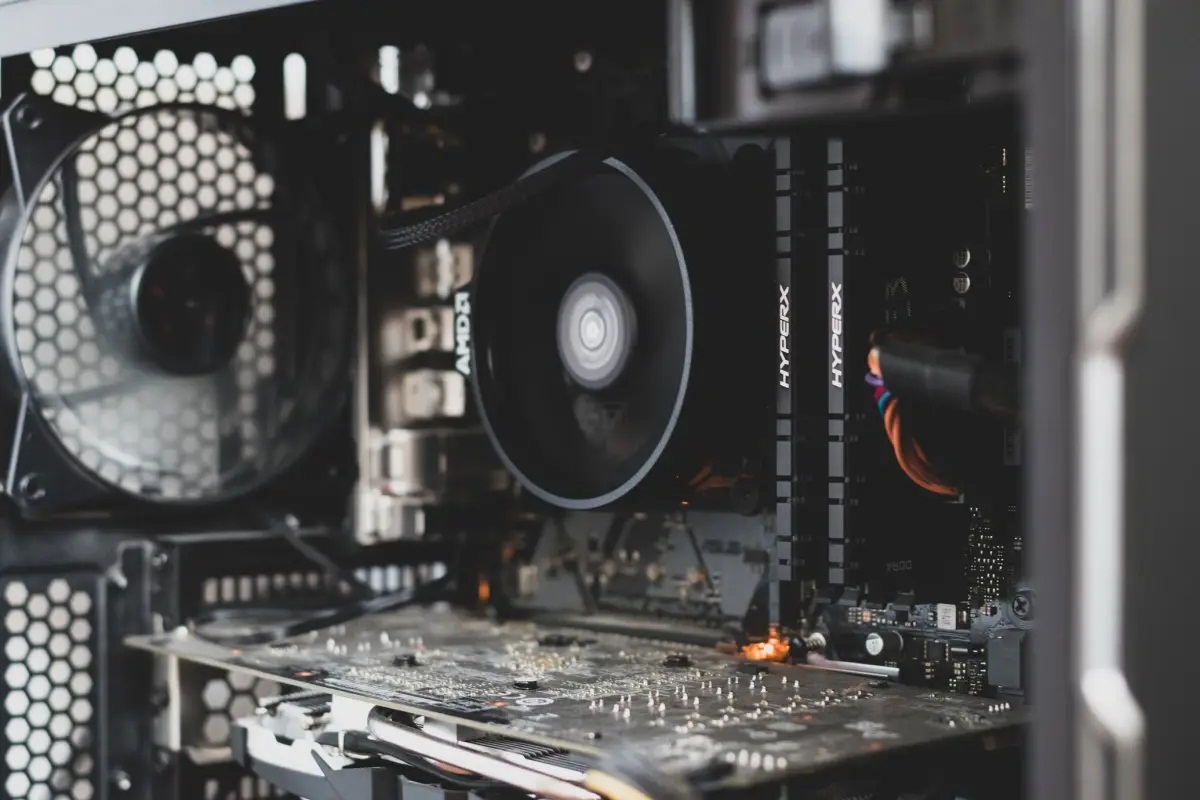

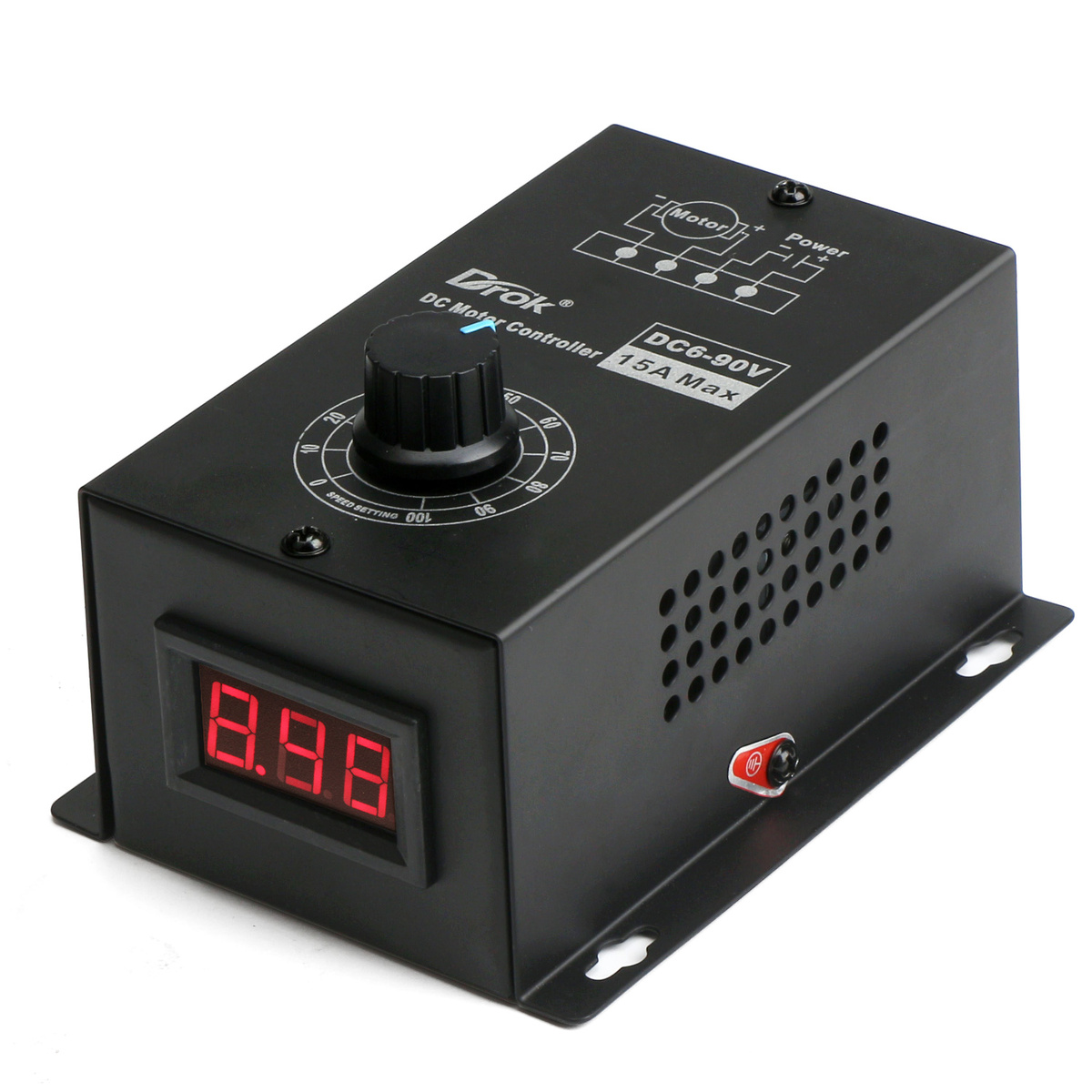
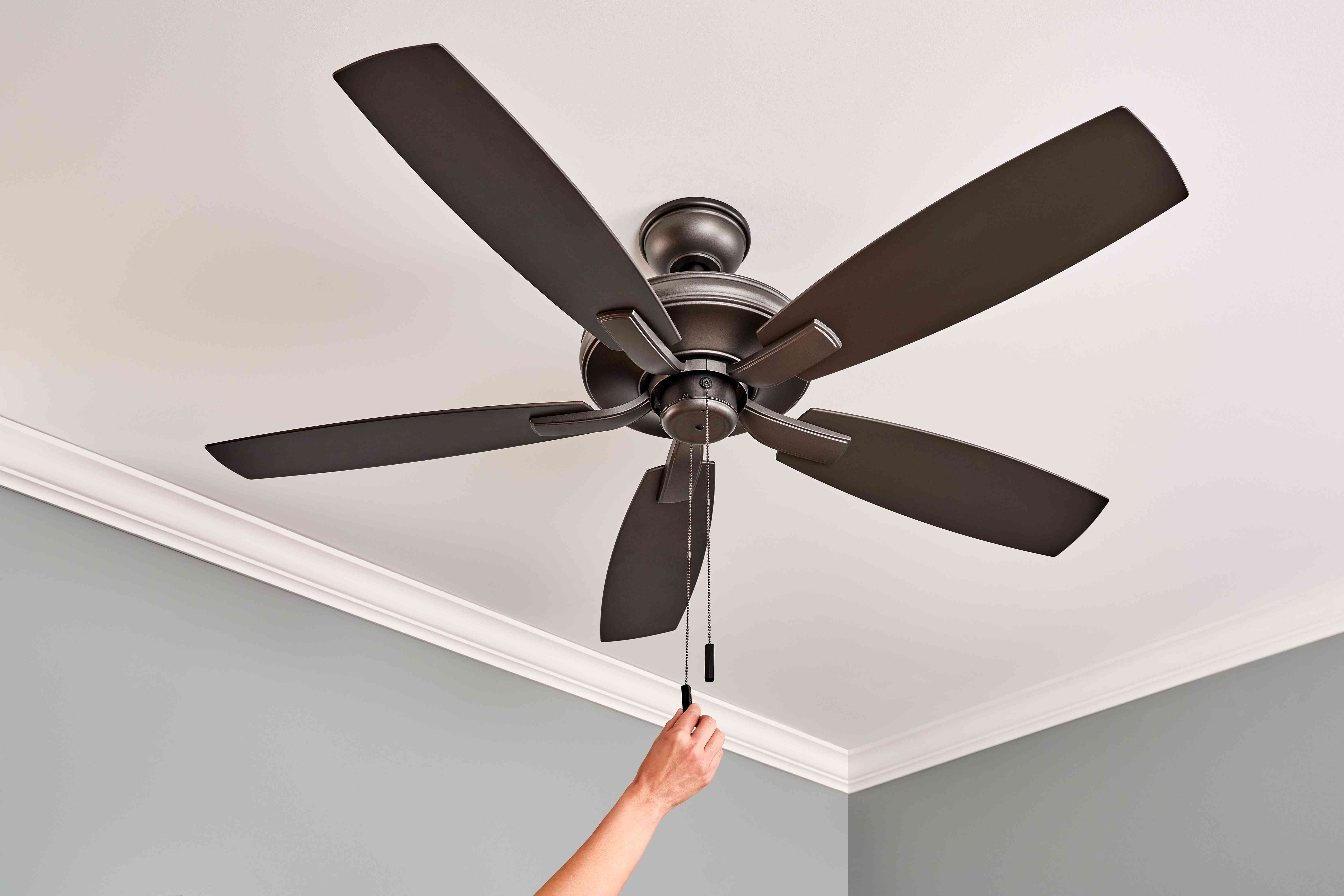
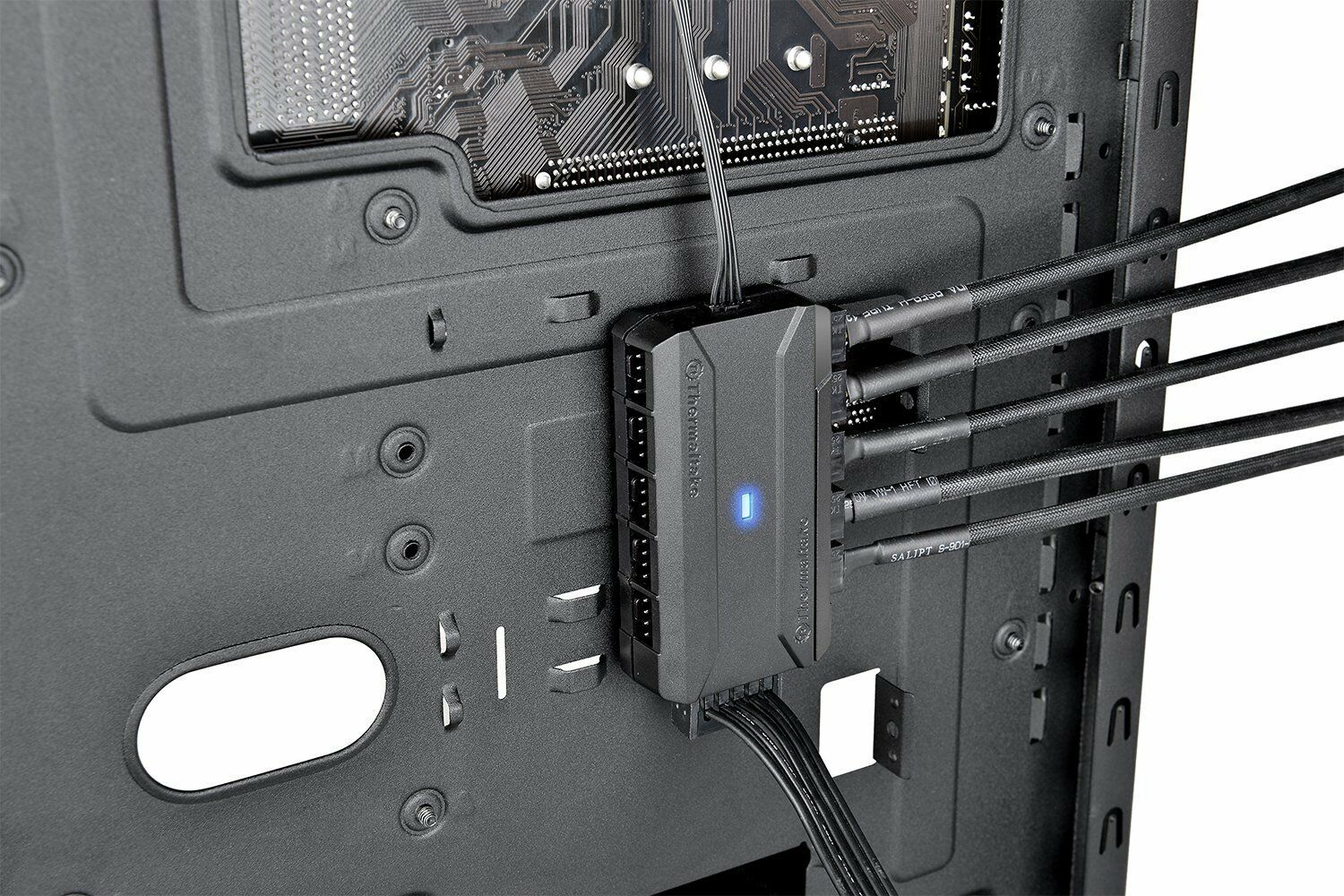
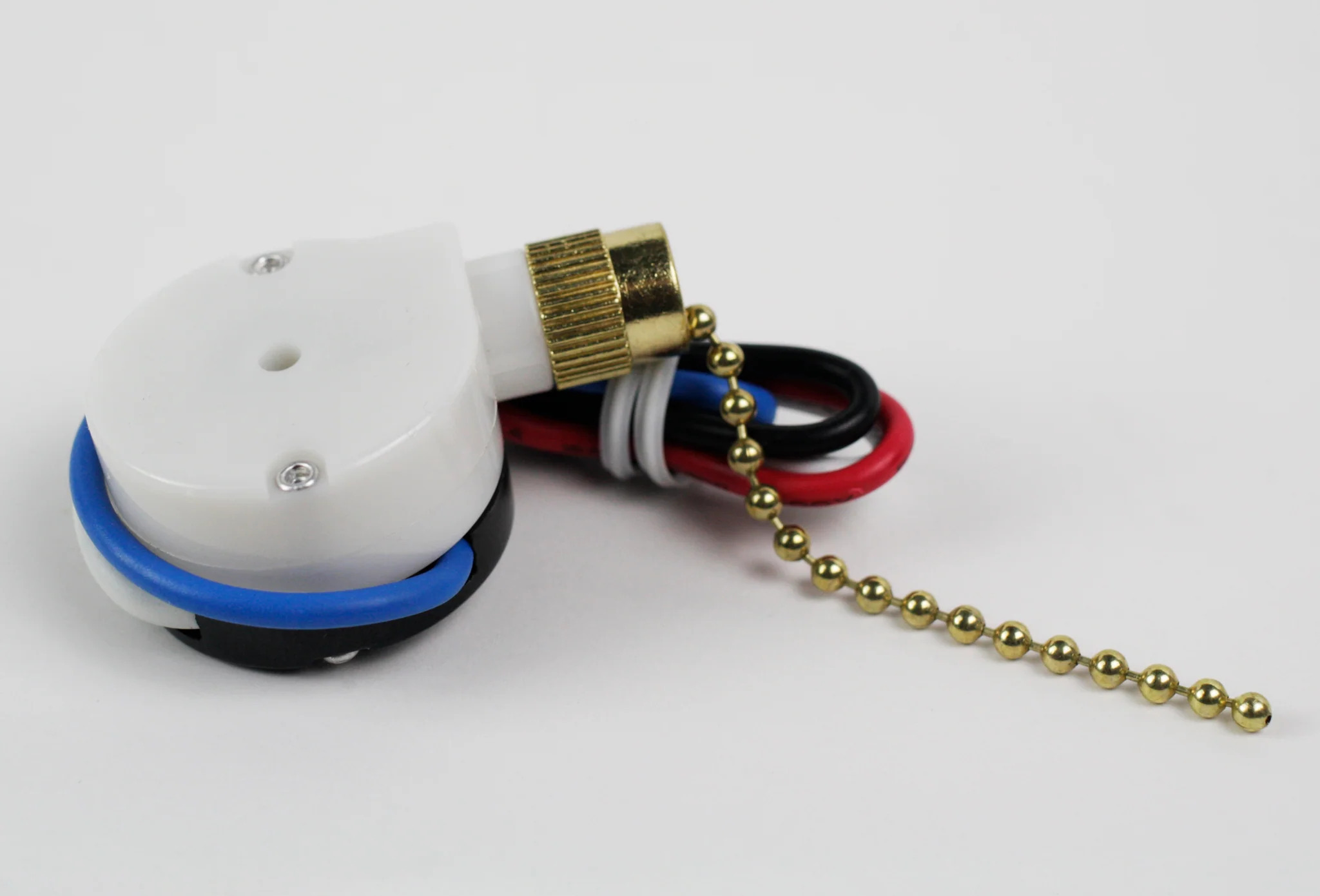
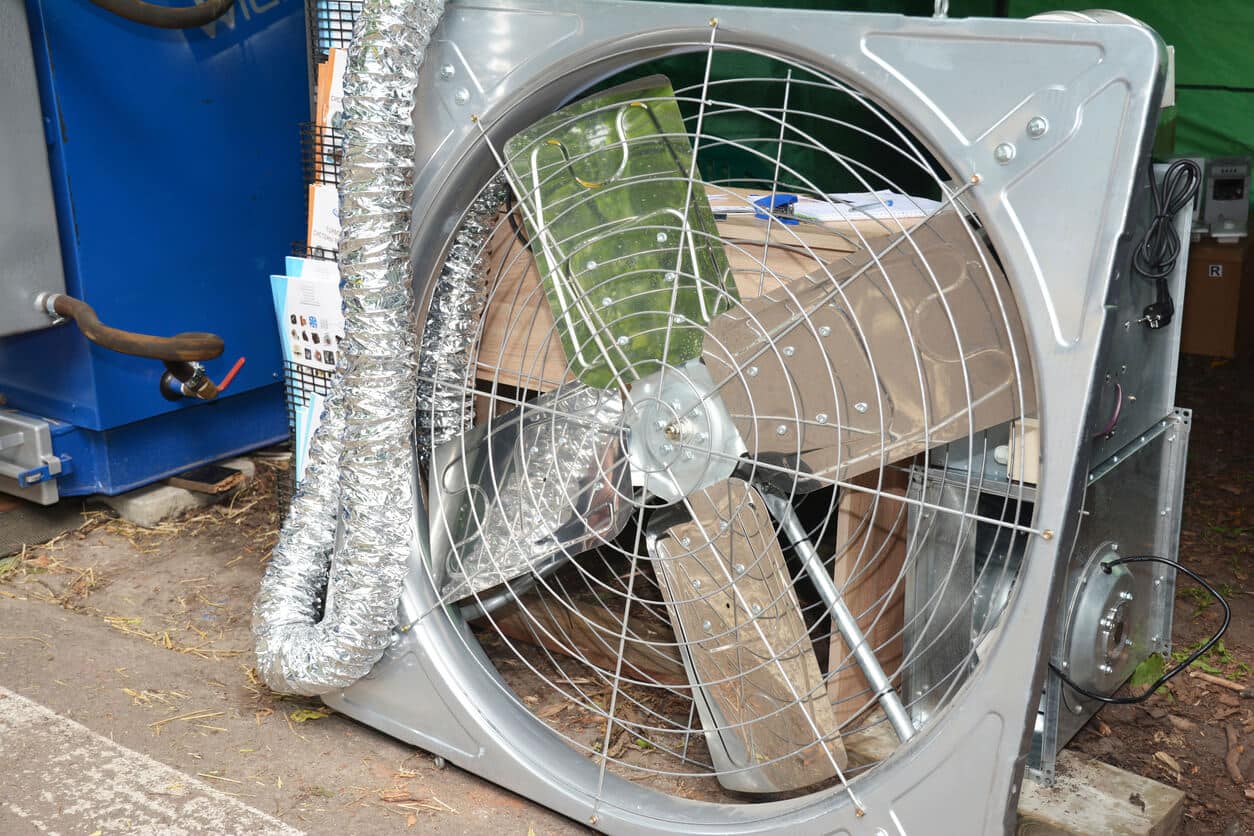
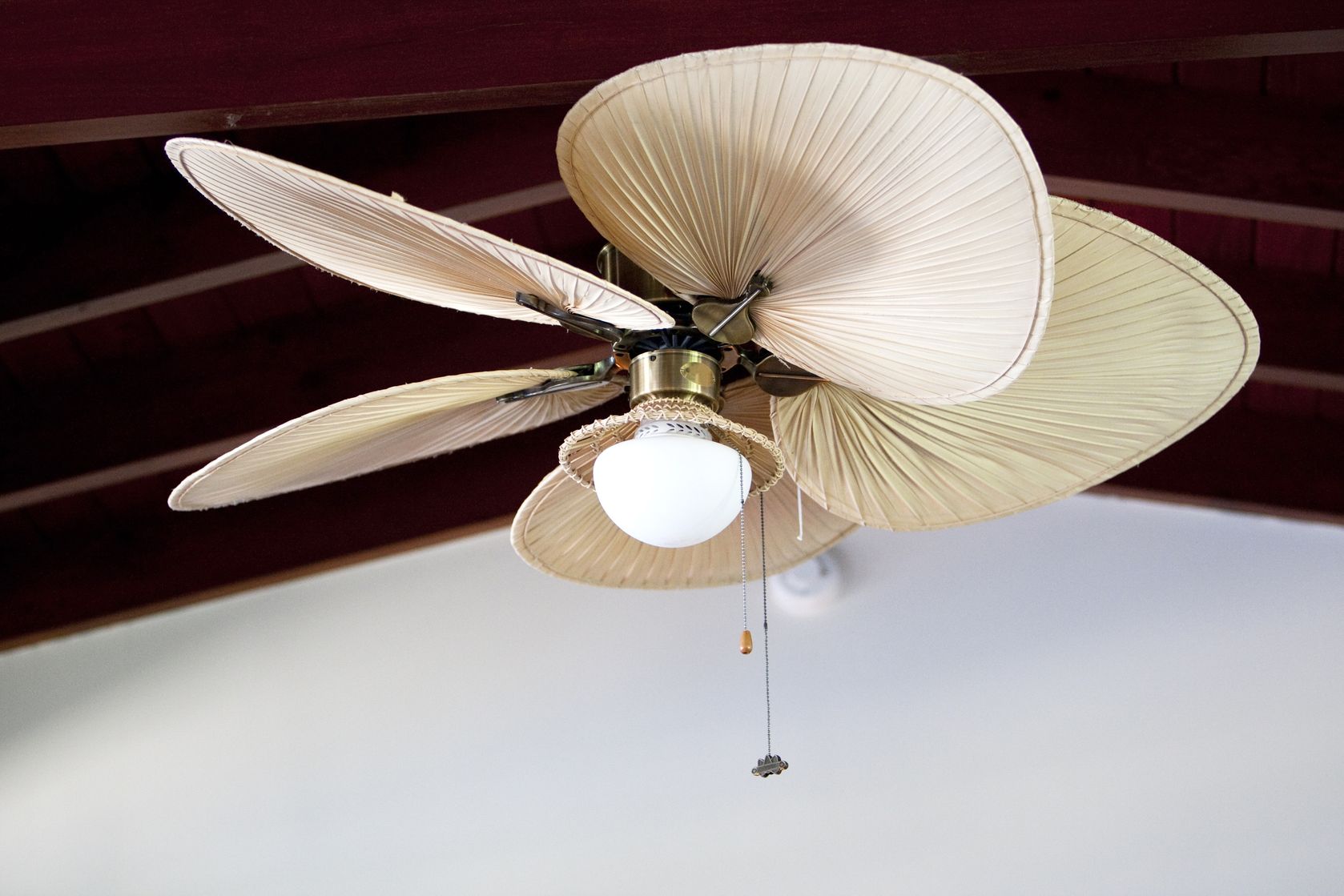

0 thoughts on “How Does A Fan Speed Controller Work”